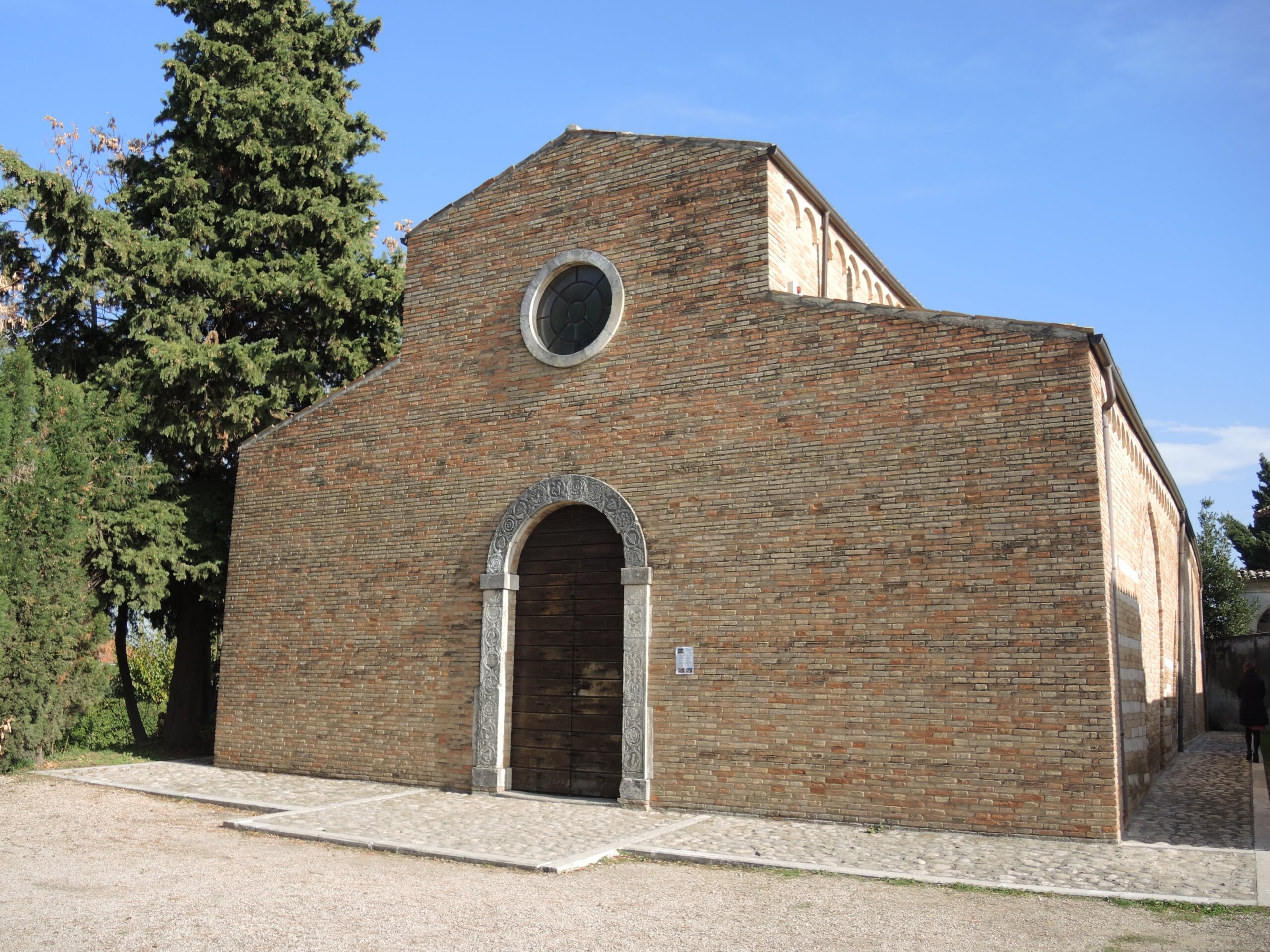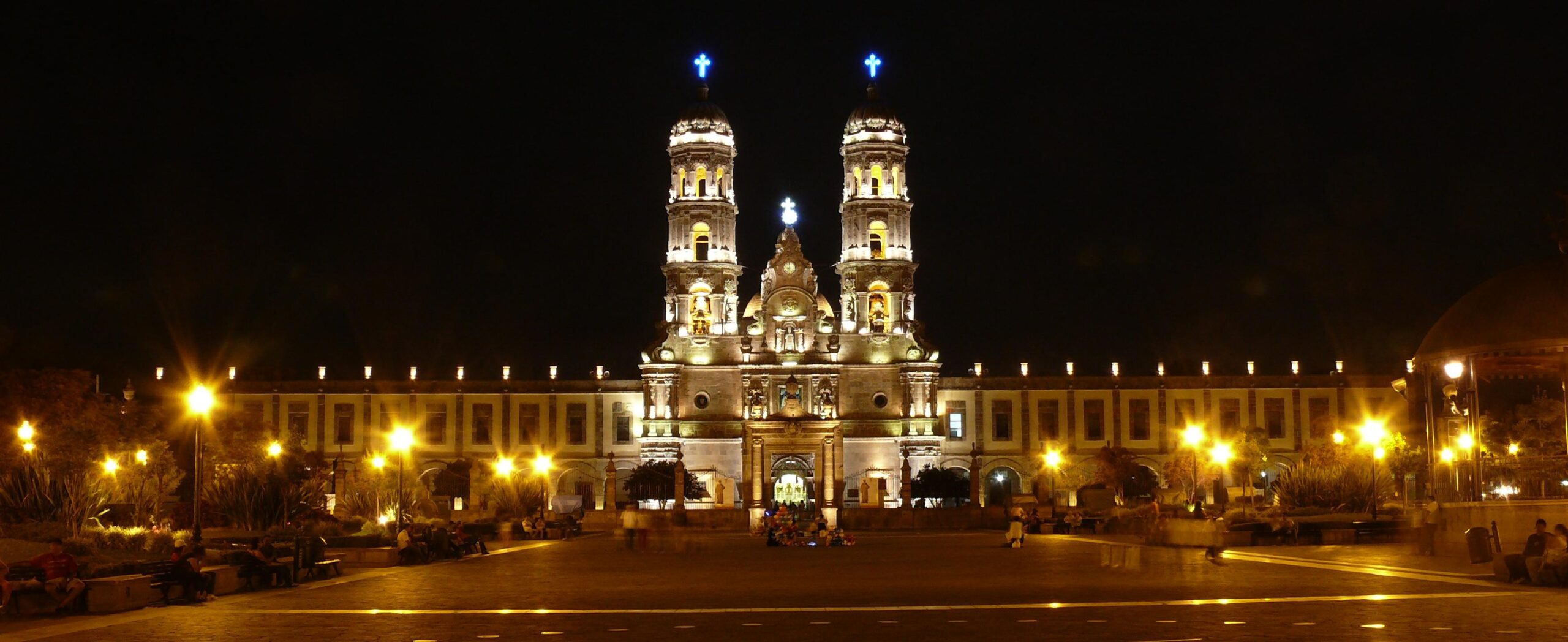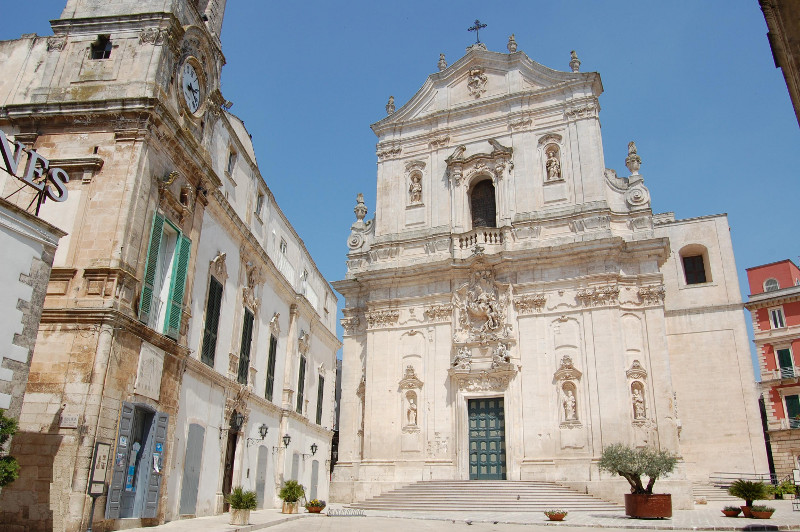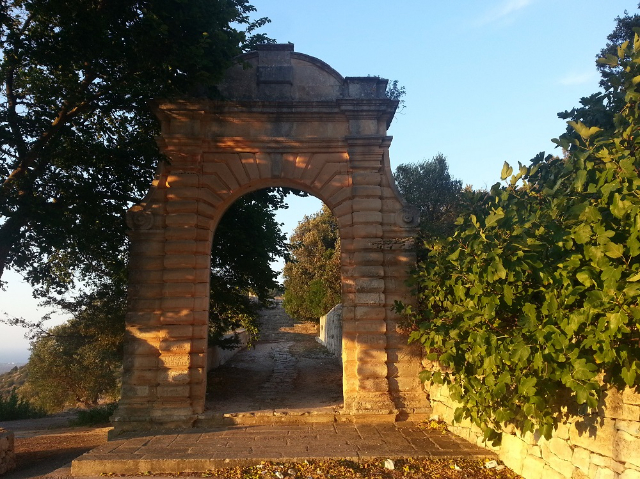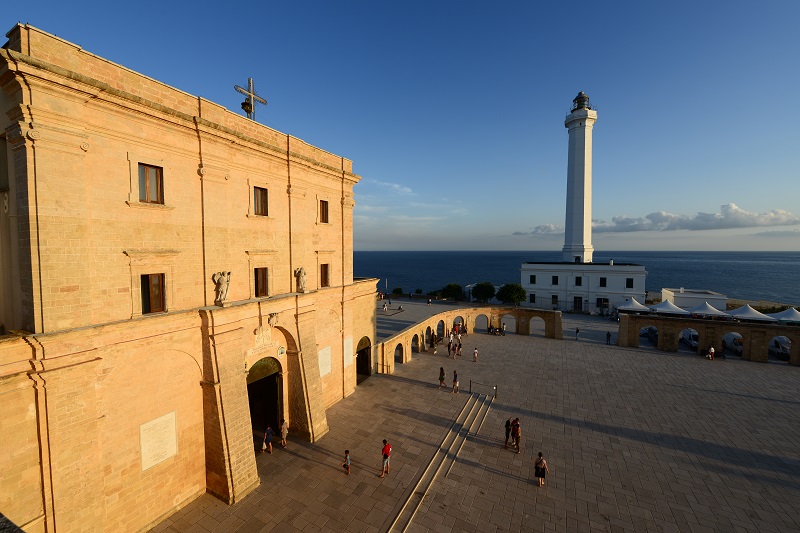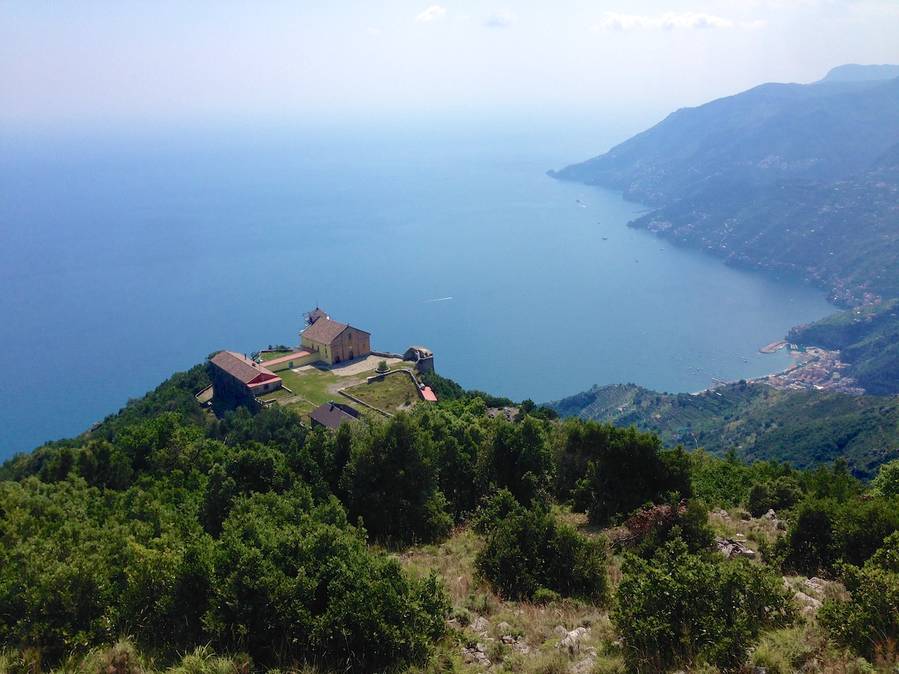<p>A stay in Malta‘s capital is not complete without visiting St John’s Co-Cathedral Malta. The project was commissioned in 1572 by Grand Master Jean de la Cassiere to serve as the church for the Order of the Knights of St John, and designed by the Maltese architect Gerolamo Cassar. The work was completed by 1577 and dedicated to St John the Baptist, one of the two patron saints of the Order. St. John’s Co-Cathedral in Valletta showcase the importance of Christianity to the country of Malta. From the outside, this 16th century cathedral may not look like much, but take a peek inside and you’re in for a real surprise. The cathedral was renovated in the 17th century and has an opulent Baroque decor. Apart from its rich Baroque art and relics, the Co Cathedral also holds impressive Baroque frescos, ornate marble floors, three-dimensional statues, carved stone walls and breath-taking vaulted ceilings decorated by the well-known Italian Baroque artist, Mattia Preti. The Co-Cathedral is also home to one of the most internationally recognised works by Michelangelo Merisi da Caravaggio, known as ‘The Beheading of St John the Baptist’ (1608). The painting, located within the Oratory, is the largest work of art by Caravaggio and the only one to bear his signature. Every day of the year, visitors make their way to the cathedral to get a glimpse of the famous artwork, and many will return to the cathedral each time they’re on the island. The Cathedral itself consists of nine eloquently decorated chapels on either side; eight were constructed for each of the langues of the Knights of St John, and the ninth is dedicated to their patron saint, Our Lady of Philermos, the other patron saint of the Order. The last chapel is also home to an ancient icon of the lady of Philermos, which the Knights considered to be a sacred object. St John’s Co-Cathedral Malta also holds a mysterious crypt containing the tombs of past Grand Masters of the Knights of St John.</p>


